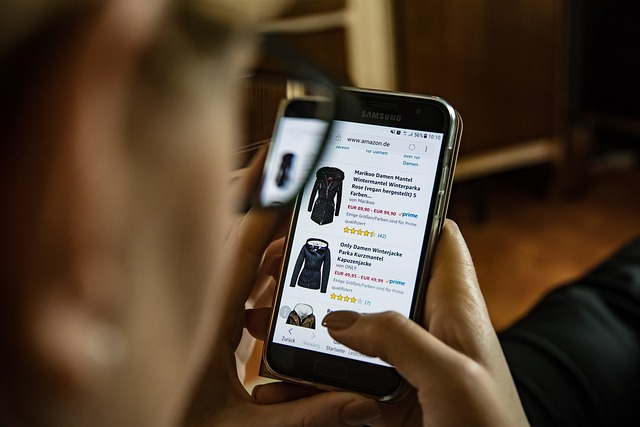There is a certain set of patterns that are common among successful B2C subscription apps. This blog post will discuss some of the most popular ones and provide examples from apps like Noom, Duolingo, Grammarly, Calm, Spotify and others. By understanding these key patterns, project founders and CEOs can use them to create long-term success with their own app. Let’s dive in!
Obsession with Efficiency
Efficiency is a key component for success in the world of B2C subscription apps. This includes concepts such as speed, usability, scalability and more. For example, Noom has created an efficient system for tracking nutrition by providing users with personalized meal plans and daily goals that work around their lifestyle. Similarly, Duolingo has made language learning easy and convenient by using a gamified approach which makes it fun for users to learn as they go about their day. Both of these efficiency-focused approaches have led to tremendous growth for these companies.
Alignment between Product Strategy and Acquisition Strategy
Another key pattern that can be seen among successful B2C subscription apps is that their product strategy must be aligned with their acquisition strategy in order to ensure long-term success. Companies like Grammarly have created products that appeal to both existing customers and potential customers alike; they use features like free trials or discounts to draw new users while also ensuring that existing customers remain engaged with the product through rewards programs or exclusive content offerings. This kind of alignment allows them to maximize their growth potential while also creating an enjoyable user experience at all times.
Building a Magical Sticky Product
The third pattern is about building a magical sticky product – something that will keep users coming back again and again without fail. For instance, Calm offers guided meditations on topics ranging from stress relief to sleep improvement which makes the app enjoyable even after multiple uses. Similarly, Spotify provides its users with personalized playlists based on individual tastes which helps them discover new songs they love while also allowing them to revisit old favorites whenever they want. These kinds of features make products stickier than ever before – allowing companies like Calm and Spotify to achieve massive success over time.
Conclusion:
Understanding the patterns behind successful B2C subscription apps can help project founders and CEOs create long-term success for their own app projects as well. The key takeaway from this blog post is that efficiency should always be top priority when creating your product; then you need to align your product strategy with your acquisition strategy in order to maximize growth potential; finally you should build a magical sticky product by using features such as personalization or rewards programs so that users keep coming back again and again without fail! With these tips in mind, you can start creating an amazing app today!


